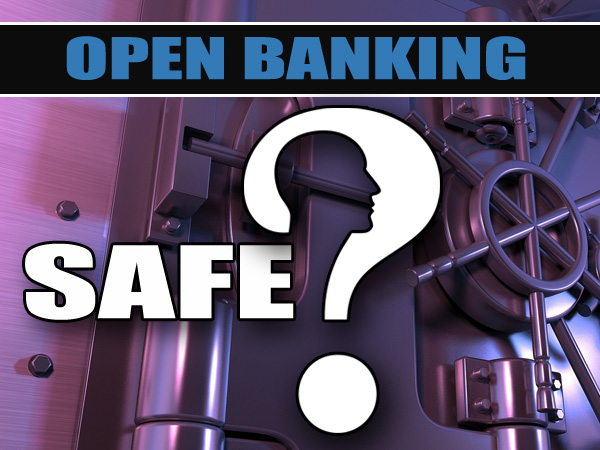Open Banking: Revolutionizing the Financial Landscape with Open Banking API and Meaning
Open banking, open banking API, open banking meaning, open Banking UK, open banking in India, open banking platform, open banking use cases, open banking examples, open banking data, open Banking Regulation

Introduction
Open banking has emerged as a game-changer in the financial industry, transforming the way customers access and manage their financial data. This blog explores the concept of open banking, its meaning, and its impact on various countries such as the UK and India. We delve into the significance of open banking API and platforms, discuss its use cases and examples, highlight the importance of open banking data, and shed light on the regulations governing this innovative financial model.
Understanding Open Banking
Open banking is a revolutionary concept that enables customers to securely share their financial information with authorized third-party providers through open banking APIs. It empowers customers to take control of their data, promotes competition, fosters innovation, and enhances the overall banking experience.
Exploring Open Banking API
Open banking API plays a pivotal role in facilitating secure and efficient data sharing between financial institutions and third-party providers. These APIs provide a standardized and reliable way to access customer financial data, ensuring seamless integration and enabling the creation of innovative applications and services.
Unraveling the Meaning of Open Banking
Open banking signifies a customer-centric approach that emphasizes transparency, flexibility, and choice. It grants customers the ability to leverage their financial data to access personalized products and services, and fosters collaboration between banks and fintech companies.
Open Banking in the UK
The United Kingdom has been at the forefront of open banking implementation. The Open Banking Initiative, driven by regulatory measures, has paved the way for increased competition, improved customer experiences, and the development of innovative financial solutions.
Open Banking in India
India is also witnessing the rise of open banking, driven by regulatory initiatives such as the Reserve Bank of India’s (RBI) directive on open banking APIs. The country’s diverse financial landscape and growing fintech ecosystem make it an ideal breeding ground for open banking innovation.
Exploring Open Banking Platforms
Open banking platforms serve as the foundation for secure data exchange between financial institutions and third-party providers. These platforms offer robust infrastructure, data privacy measures, and compliance mechanisms to ensure seamless integration and protection of customer data.
Use Cases and Examples of Open Banking
Open banking has led to the development of various use cases and examples that showcase its transformative power. These include personal finance management apps, payment initiation services, loan applications, investment platforms, and more.
The Power of Open Banking Data
Open banking data holds immense potential for personalized financial services, improved credit assessments, enhanced fraud detection, and advanced analytics. It empowers customers to make informed decisions and enables financial institutions to deliver tailored solutions.
Understanding Open Banking Regulation
Open banking operates within a regulatory framework to ensure data security, privacy, and fair practices. We explore the key regulations and compliance requirements that govern open banking initiatives, such as the General Data Protection Regulation (GDPR) and the Revised Payment Services Directive (PSD2).
Conclusion
Open banking is reshaping the financial landscape, providing customers with greater control, fostering innovation, and promoting collaboration. It presents numerous opportunities for financial institutions, fintech companies, and customers to benefit from personalized services, improved financial management tools, and enhanced security. As open banking continues to evolve, adherence to regulations and the responsible use of customer data will remain crucial to its success.
FAQs
1. What is Open Banking?
Ans. Open Banking is a system that allows third-party financial service providers to access banking data, with the customer’s permission, through an open API. This allows for greater competition and innovation in the financial industry.
2. How does Open Banking work?
Ans. Open Banking works by allowing banks to share their customers’ financial data with authorized third-party providers through APIs. This can enable new services such as account aggregation, payment initiation, and fraud detection.
3. What are the benefits of Open Banking?
Ans. Open Banking can offer a number of benefits, including increased competition, better services for customers, and improved security through the use of APIs.
4. What are some examples of Open Banking in action?
Ans. Examples of Open Banking in action include account aggregation apps like Mint, payment initiation services like PayPal, and fraud detection and prevention services like Plaid.
5. Is Open Banking safe?
Ans. Open Banking is generally considered safe, as it involves secure data sharing between authorized parties. However, customers should always carefully review and monitor any third-party services they use to ensure their financial information remains secure.
Related Searches